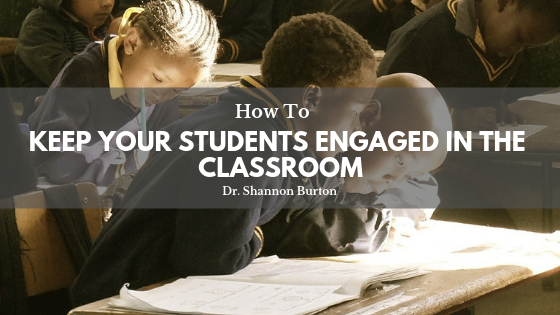In an age of technology and tv streaming services, it’s becoming harder and harder to keep a students attention throughout the day at school. It only takes a few disengaged students to push the rest of them that direction. This happens when they are uninterested in what is being taught or have no desire to participate in activities. More experienced teachers can bring students back into the task at hand, but for those teachers who are new to classroom settings or have less experience, it can sometimes be challenging.
Movement-based activities
One of the best ways to get students engaged is through movement. Throughout the day students are stuck sitting at desks, so throwing in a simple physical movement will help them stay focused and want to participate in the lesson. Adding in something like hand-clapping or stomping patterns when memorizing math facts or spelling words will help students with memorization but also keep them actively engaged throughout the lesson. If you are teaching older students, randomly throw in a creative rhythmic clapping pattern or snapping pattern that the students have to echo back. This challenges them to pay attention during class.
Hands-on learning
Hands-on learning is a great way to make sure students are completely focused on the lesson being taught to them. Using their hands allows them to manipulate and learn and will help them process the information. Hands-on learning can be incorporated into a lesson plan in a variety of ways. This can be done through visual diagrams, counting objects or individual whiteboards. Once a student is engaged in the lesson, they will be able to retain the information better.
Allow collaborative learning
Collaborative learning is another powerful tool for classroom engagement. Not only does it teach students how to work effectively with each other, but it allows the students to learn from each other. Group work will enable students to be productive, but it also introduces them to a variety of different learning styles. Every student learns at a different pace and being able to foster individual accountability in a group project will actively engage the students in both the project and the subject the project is based around.
These are just some ideas for keeping students engaged in the classroom on a daily basis. What works in one classroom setting might not work in another so being able to change how students are engaging in their course work is an important aspect of their education. Students do not want the information just thrown at them, and they need variation to keep them actively engaged.

